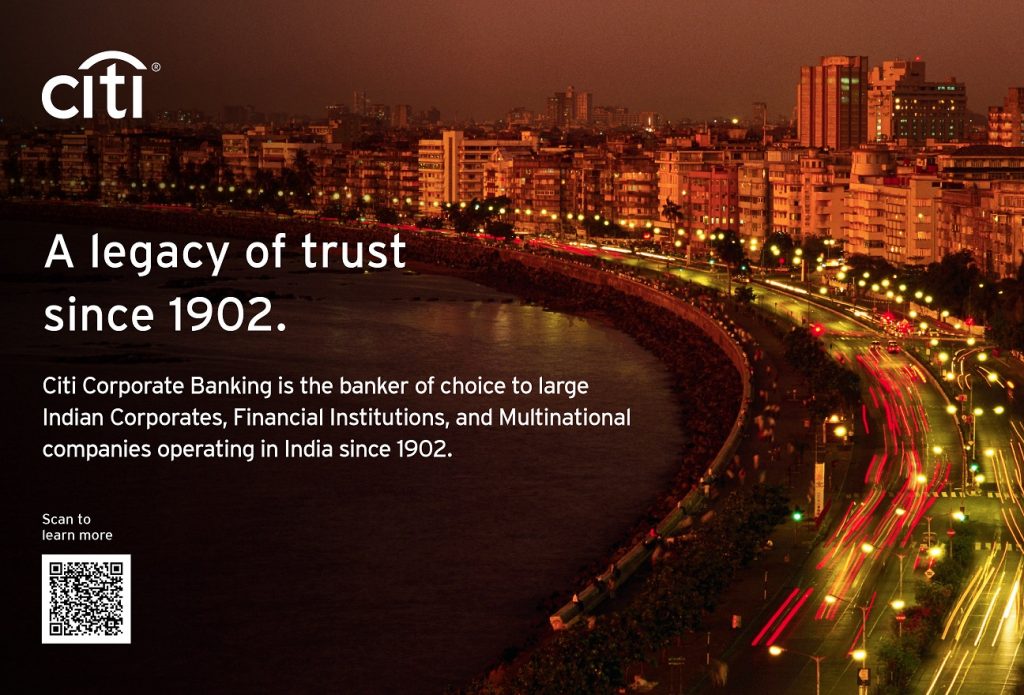Language
You can read the magazine in one of the following languages
Geolocation
You can read the global content or the content from your region


For six decades after its 1957 establishment as the Bureau of Hire Purchase & Credit, Tata Motors Finance Limited’s (TMFL) primary objective as a typical commercial vehicle financing operation was to help boost demand for automobiles manufactured by its parent company, Tata Motors.
Across the period, it enjoyed steady growth and achieved many milestones to becoming the preferred financial institution for Tata Motors’ range of commercial and passenger vehicles, later diversifying into insurance.
In 2017, the company arrived at a crossroads and was ready to pursue new directions as it looked to drive growth and innovation.
Now, reflecting back on the past five years, it has seen both its product offerings and its revenues grow at an enviable pace – an accomplishment that was achieved by deploying a framework based on five Ds: Develop, Diversify, Divest, Digitise and Deliver.
Collectively, team members are referred to as a ‘WolfPack’ and as a group they believe in working together, hunting together and winning together.
The first D, Develop, alludes to the company’s efforts in creating a strong performance-oriented work culture and improving organisational effectiveness which has laid the foundation for success.
Key strategies included fostering an honest, transparent and collaborative culture, creating a talent pipeline to enlarge career development opportunities and optimising labour planning to ensure increased productivity in each department.
Collectively, team members are referred to as a ‘WolfPack’ and as a group they believe in working together, hunting together and winning together.
It is also a culture that strives to become an empathetic financier that exhibits honesty and transparency in its dealings.

Empathy is particularly important because the company’s core customers are people buying commercial vehicles in order to start small businesses. Understanding their unique challenges requires flexibility with repayment options and care for the cash flow of their businesses.
The company, equipped with detailed knowledge and a deep understanding of its borrowers, has always designed products to suit the needs of its customers.
Some of these newer financial products and schemes are relevant outside its traditional scope or operation, such as those that work around seasonality of demand and supply in the vegetable and flower segments. It has also built robust risk management models that allow it to lend better and aid financial inclusion in the country.
With an emphasis on the second D, Diversify, TMFL branched out to transform itself from being simply a vehicle financier to one that caters to the financing needs of the entire Tata Motors ecosystem.
It expanded its existing product portfolio to include corporate loans to Tata Motors suppliers, component manufacturers, dealers, distributors – even Tata Motors themselves for their short-term lending requirements.
On top of that, the company branched into financing for pre-owned and used commercial vehicles, an exciting step in a market that has traditionally relied predominantly on informal money lenders.
As it enriched its offerings, the company also set about divesting some of its assets – the third D – in order to keep its capital adequacy high, especially as Tata Motors made heavy investments in research and development a priority. It was agreed that TMFL would not take any capital from the parent company.
TMFL now keeps its balance sheet asset light by selling finance receivables to banks after they’ve been on the books for six months. Once the assets are sold, more capital is available on the liability side, although TMFL continues to collect on behalf of the banks. Today, there are 25 banks participating in this asset strategy.

Empathetic financing is extremely important in countries like India to foster an ecosystem of financial inclusion.
The fourth D is one that most companies have been focusing on in recent years: Digitisation. Among the homegrown applications that have been innovated are a loan-decisioning chatbot called TIM that can approve loans quickly; a software to analyse bank statements and signatures; and Lakshmi, which is a digitised and patented payment collection management system.
Today, customers can use any of its self-service channels 24/7 – anywhere, anytime from the comfort of their own homes. They can apply for a loan on the website or mobile app – an incredibly seamless process from checking loan eligibility via the chatbot to uploading the documents online, ensuring a swift loan approval.
The final step of the turnaround program is Deliver – achieving strong financial results that demonstrate the success of the other pillars of the strategy. And the results show that the company has delivered on what it set out to achieve.
In the past five years, assets under management have grown from US$2.4 billion to US$5.9 billion, while cost-to-income ration fell from 70 to 55 per cent. The company is now at about a 9–10 per cent return on equity on an asset base of US$5.9 billion.

The company’s customer satisfaction score is also quite high – against the industry benchmark of 69 per cent, TMFL sits close to 80 per cent. It has been recognised by the borrower community as an honest, transparent, empathetic and innovative financier.
It’s a similar story with its employees, with the company receiving a score of 96 per cent in its employee engagement survey, perhaps one of the highest employee engagement scores in the banking and financial services industry.
With that success as a foundation, TMFL now aims to become an industry leader and is targeting annual growth of 15–20 per cent over the next two-to-three years as markets bounce back from the COVID-19 pandemic.
The commercial vehicle industry – and as such the commercial vehicle finance industry – is set to lead India’s predicted economic growth of at least 10 per cent every year for the next three to five years.
It’s an exciting time for this leading business in the space, especially considering its connections across the entire automotive ecosystem of suppliers, original equipment manufacturers, distributors, transporters and second-hand vehicle buyers, strong digital partnerships and customer-centric culture.
As the company grows, its return on equity is anticipated to rise, thanks to its new asset management strategy and the fact that it is now offering lifecycle solutions to its customers.
This will be aided by its increased digital presence. Without an increase in the cost base, TMFL is able to offer digital loans to all its customers. As a result, the cost-to-income ratios will remain stable or fall below the current levels, and this will provide the necessary input for profitable growth.
The company also intends to expand access to formal financing options to Indians who have traditionally been excluded from mainstream financing, bringing back the concept of empathetic financing.

This is extremely important in countries like India in order to foster an ecosystem of financial inclusion – especially when comparing India’s credit-to-GDP ratio (20 per cent) to China or the United States, both beyond 100 per cent.
As it looks to help the country catch up, TMFL are no longer simply financiers who finance a vehicle, but also cash flow financiers. With an understanding of cash flow and an inherent ability to be empathetic, if a customer risks missing a payment, the team strives to find a way to help.
A constant presence in both good and bad times, the company has become the preferred financiers to help the nation get on the road.
Commercial vehicle lending is far and away the largest slice of business for the company. In 2021/22 over 79,000 financing contracts in this space were drawn up.
In the passenger vehicle segment, the company has recently made a strategic decision to exit from regions in India where banks dominated the lending space and is focused solely on selected regions where business is viable. As such, figures were down in the past financial year to just under 5,000 units financed.